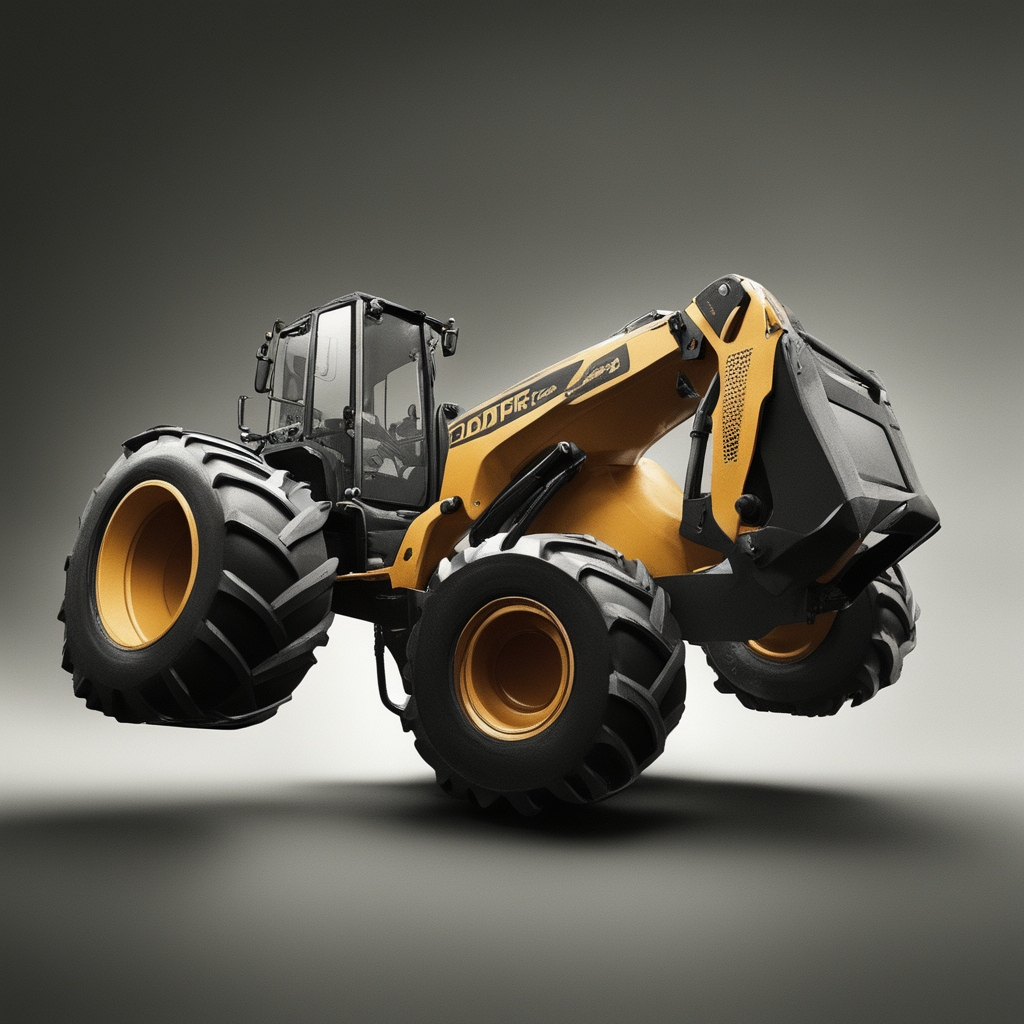Electrical sensors are very useful in lots of places because they turn real events into electrical signals. This book tells you a lot about electrical sensors, including the different kinds, how they can be used, and what you should think about when picking the best one.
What Is A Sensor?
Something that picks up on changes or events in its environment and turns them into signs that can be measured is called a sensor. Sensors are important to modern technology because they gather information that is used to keep an eye on, manage, and handle many different types of businesses. They are very important because they link the real world to electrical systems. This lets robots understand their surroundings and act in a smart way.
Sensor Types:
Analog Sensors:
These send out a steady signal that changes based on what they are analyzing. Temp sensors (which measure temperature) and strain gauges (which find mechanical stress) are two types of sensors.
Digital Sensors:
Digital sensors give clear output signals, generally in the form of digital data, that show whether the thing being watched is there or not. People use them a lot when they need correct digital data, like when they need proximity sensors in automatic systems.
Active Sensors:
To work, active sensors need a power source from the outside. To make them work better, many of them have built-in signal-blocking circuits. They are amazing because they can make signs and boost them on their own. This lets them feel things more accurately and from farther away. Active sensors are things like ultrasonic distance sensors and active infrared motion trackers.
Passive Devices:
Don’t need power from somewhere else; they get their power from what they are looking at. When compared to active sensors, inactive sensors might not be able to pick up as much and be less sensitive. They do, however, tend to have easier patterns and cost less. Three kinds of sensors are light sensors that use passive infrared (PIR) and motion sensors that use PIR.
Contact Sensors:
Before they can figure out the exact size, touch sensors need to be very close to the thing they are measuring. They’re great for things that need to be touched, like robot touch sensors and temperature probes.
Types of Electrical Sensors:
Not all electricity Sensors are the same; they are made to pick up on different physical features. There are a lot of cool groups:
Temperature Sensors:
Temperature Sensors, like thermocouples and resistance temperature detectors (RTDs), record and watch how the air temperature switches up them. As the temperature changes, thermocouples utilize the Seebeck impact to make a voltage that changes right alongside it. RTDs, then again, change their opposition when the temperature does. This lets them give correct answers over a large area.
Pressure Sensors:
Things called pressure Sensors can tell how much mechanical pressure there is and send electrical messages based on that pressure. Some materials make electricity when they are put under mechanical stress. On the other hand, strain gauges use changes in resistance that happen when electrical wires are pulled.
Motion Sensors:
Motion Sensors can tell when someone moves within a certain range. They are used in security systems, robots, and game controls. Passive infrared (PIR) sensors pick up the infrared light that things that are moving give off. Ultrasonic sensors use ultrasonic waves to figure out how far away something is.
Light Sensors:
Photodetectors are another name for light Sensors. They can find light or figure out how bright it is. It is possible to turn light into an electric current in solar cells. The voltage that photodiodes make is directly tied to the amount of light that hits them. These tools are used for many things, like sending data visually and finding light in a room.
How Electrical Sensors Are Used:
Automotive Industry:
Sensors are needed in the car business to keep an eye on many things, such as the engine’s temperature, the tires’ pressure, and the airbags’ deployment. This makes cars safer and better at what they do.
Healthcare Sector:
In health care, sensors are very important because they keep an eye on vital signs, send medicine, and run testing equipment. These tools are very important for giving great care to patients and making medical progress.
Industrial Automation:
In industrial automation, sensors are used to keep an eye on things, run processes, and tell robots what to do. The output is better and everything runs more easily because of this.
Environmental Monitoring:
People who study the environment use sensors to keep track of and measure a lot of things about it, like the weather, pollution levels, and air quality. This knowledge is very important for protecting the land and keeping people healthy.
Consumer Electronics:
A lot of different technologies go into consumer gadgets to make them work better and give the users a better experience. These tools have touchscreens, sensors that can tell when someone moves, and room light settings.
Selection Criteria for Electrical Sensors:
There are many things you should carefully think about in order to pick the right Sensors:
Reading Range and Accuracy:
The sensor’s reading range is a very important thing to think about if you want to find the best working conditions. It’s important that the sensor is accurate enough for the job so that it can accurately send and receive data.
Environmental Compatibility:
The sensor needs to be able to work in a lot of different environments, such as those with harsh temperatures, high humidity, and chemicals that break down things that are common in the application area.
Response Time:
The sensor’s response time should match how quickly the thing being measured changes so that any changes can be picked up and dealt with right away.
Cost-effectiveness:
When picking devices, cost-effectiveness is very important because it means getting the most out of them without spending too much. To do this, the best balance between cost and efficiency must be found.
Interface Compatibility:
The sensor’s interface must be compatible with the data collection system or control unit’s interface so that the two can send data and work together easily.
Conclusion:
Electrical Sensors are very useful for coming up with new ideas and making many things work better. CT Parts knows how important sensors are in many areas, such as medicine, consumer electronics, cars, and factory automation. These tools are needed to make things safer, faster, and better for the person. This book explains the different kinds of electrical sensors, what they’re used for, and how to choose the right ones. By doing so, readers can make smart choices about how to best use these sensors’ revolutionary potential. Custom sensor solutions that fit the changing needs of business and technology are what CT Parts does best.




